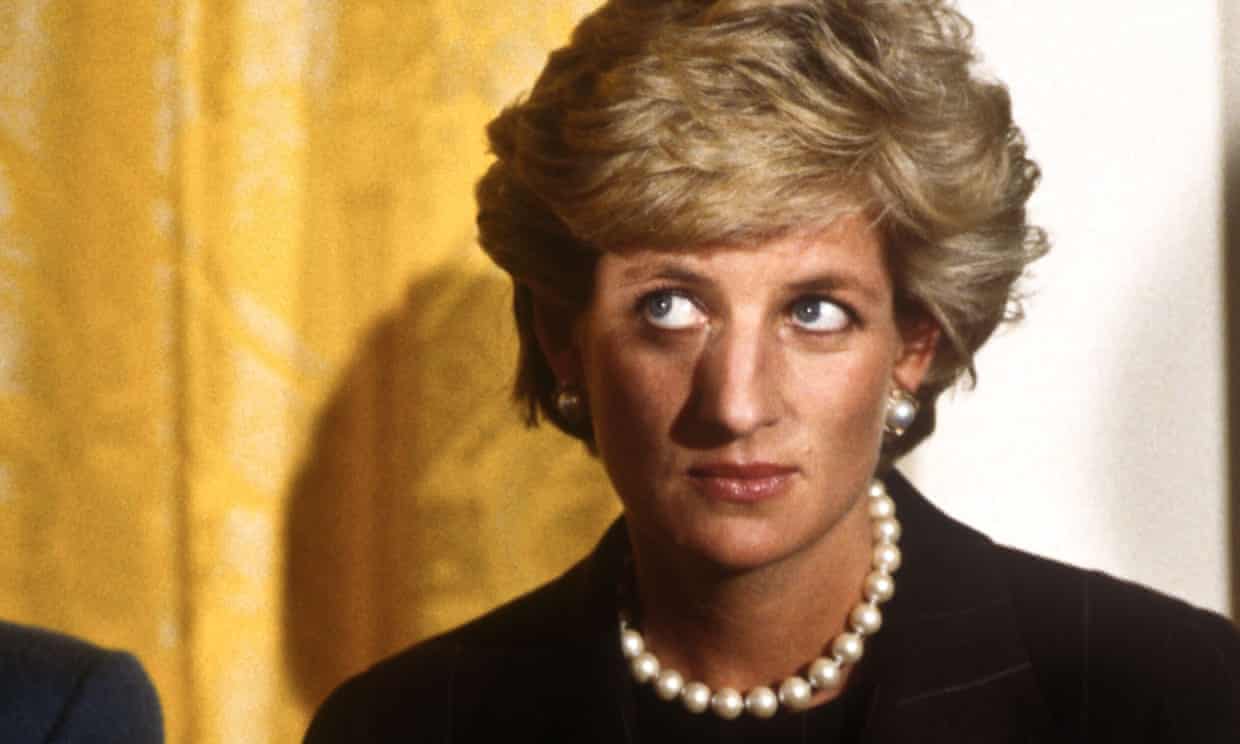Excerpt from the following review: ". . .Perhaps the whole movie is justified by the amazing human-sacrifice sequence of the wedding day: heartbreakingly young and virginal Diana, being led into St Paul’s Cathedral – an event weirdly similar in its reverent unreality to her funeral at Westminster Abbey, just 16 years later."
The Princess review – Diana’s story remains captivating – and agonising
We know what happens but, even so, Ed Perkins’s skilfully edited documentary on the dazzling outsider royal is utterly and unerringly compelling

Wed 29 Jun 2022 08.00 EDT
Last modified on Wed 29 Jun 2022 17.27 EDTShe has grown not old as those who are left grew old: the “royal watchers”, the journalists, the charity workers, the prime ministers, the paparazzi, the ex-husband and the two sons, both now older than she was when she died. Maybe Ed Perkins’s documentary about Diana, Princess of Wales’s operatically exciting public life shouldn’t really be as fascinating as it is, but I spent much of it on the edge of my seat. It tells the story using only existing archive footage and some video material, perhaps inspired by film-maker Asif Kapadia who has often taken this approach, notably with racing driver Ayrton Senna, who was killed in an F1 crash in 1994.
The sting of this technique is that we now know everything, or almost everything, about the wrenching misery that went on behind the scenes; we know for example how she was tricked into the Panorama interview with Martin Bashir in which she revealed that there were “three people” in her marriage and that she wanted to be “Queen in people’s hearts”. So now there is a new frisson and a new context for this public record. The editing contrives to give us new glimpses behind the curtain, including the breezy mentions, in the royal wedding commentary, of the impeccably loyal and supportive Mr and Mrs Parker-Bowles.
The problem with this approach is that it can’t show us anything of Diana that has not been committed to the visual record: most importantly, it can’t show us her unpleasant but revealing feud with her sons’ nanny “Tiggy” Legge-Bourke, whom she suspected of having an affair with Charles. (It is always amazing to me how even some of the most saucer-eyed Diana fans have no idea about this.)
This documentary is more satisfying than Pablo Larraín’s overheated and essentially credulous fiction-fantasy Spencer, amusingly acted by Kristen Stewart (who was not, however, as good as Emma Corrin in the same role for Netflix’s The Crown). It is captivating and agonising all over again to see how dazzling Diana was, how simple and spontaneous she was compared with both the stuffy royals but also the secular celebrity class – how she instinctively knew to work with the press when it was still essentially sympathetic, but how panicky and dysfunctional she became when this same press became boorish and predatory. In the later stages of the film, when there is video footage taken by the photographers, we can hear them charmlessly swearing and jeering among themselves.
As for Diana herself, post-divorce, she often miserably retreated behind a baseball cap brim or a tennis racket, or pictured radiantly arriving at endless, New York-style gala charity events, often kissing on both cheeks some smooth tuxedo-ed man who is there to welcome her. On one occasion, gruesomely, this was Henry Kissinger.
Then there was the terrible crash itself; that extraordinary event in those pre-social-media days when it was still possible to tell people the news. . ."


No comments:
Post a Comment